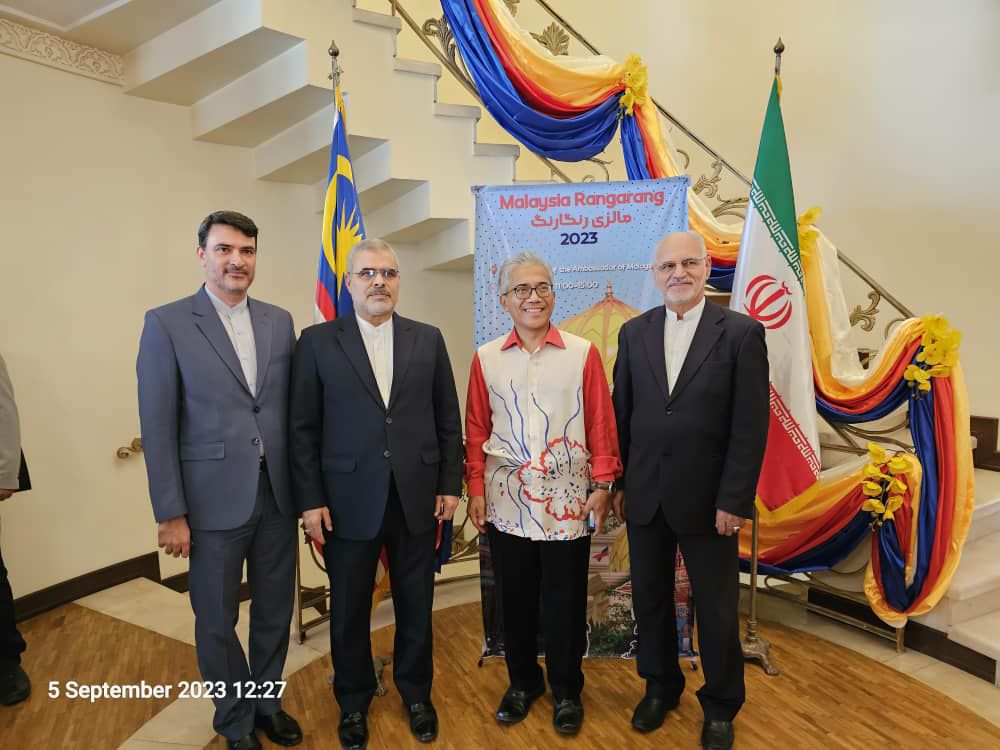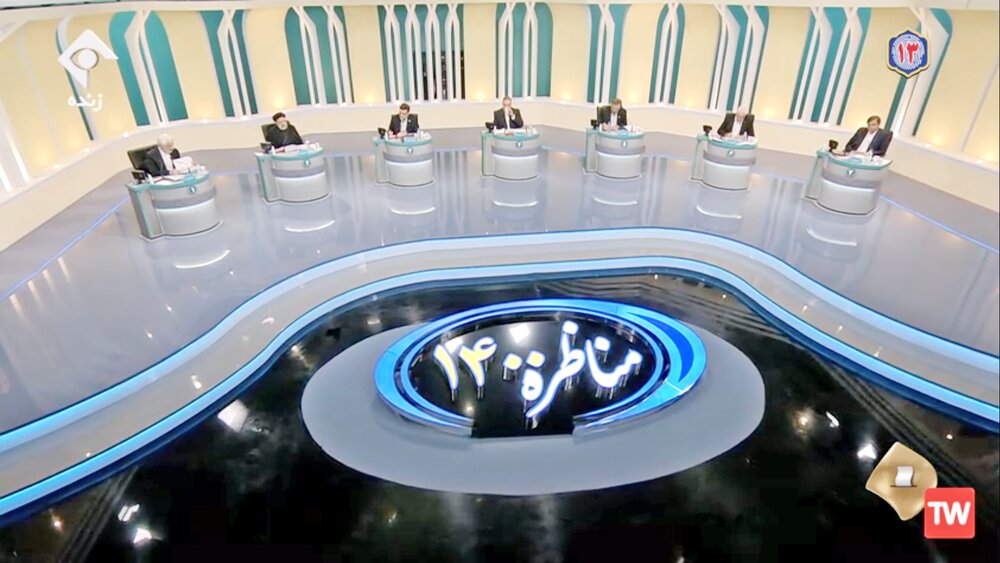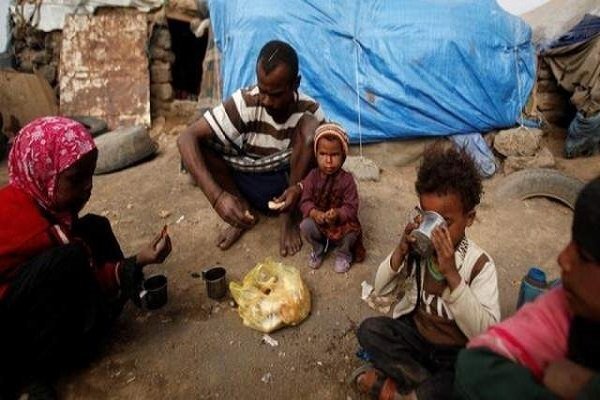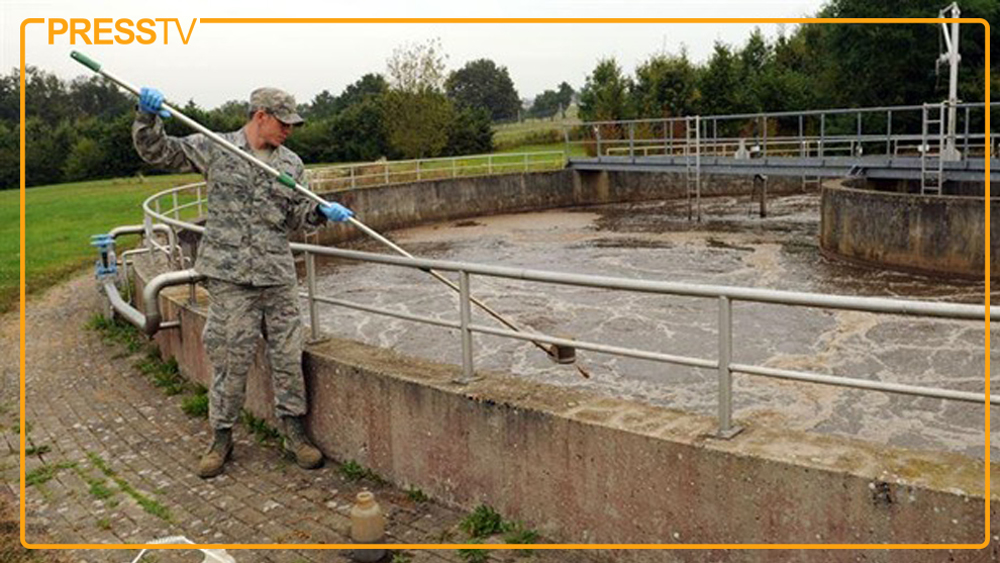Iran Faces 300m Cubic Meters Daily Gas Shortfall
TEHRAN (Iran News) Tavakoli credited emergency measures and local cooperation during winter 2023–24 with preventing widespread gas outages. A government-led campaign urging households to lower heating by two degrees, along with intervention by provincial governors, helped mitigate the crisis.
“The imbalance is real and cannot be resolved overnight,” Tavakoli stressed, while praising NIGC staff for maintaining supply through a harsh, five-and-a-half-month winter. He noted that early formation of fuel coordination committees and stockpiling of diesel fuel ahead of winter were key to avoiding disruptions.
Last year’s unusually warm autumn – the hottest in five decades – limited preparations for winter, yet shortages persisted. NIGC ran nationwide emergency drills to test crisis readiness, including scenarios involving war or natural disasters. Maintenance delays also posed risks: several compressor units and refineries required urgent work, forcing engineers to adopt online repairs and extend the operation of aging equipment.
For the first time, 28 turbo-compressors operated simultaneously for three consecutive days to sustain pressure across the transmission network. Meanwhile, the South Pars field improved reliability by 5% through preventative maintenance, while the Shahid Hasheminejad refinery continued operations throughout the winter.
Tavakoli highlighted rapid emergency repairs after missile strikes hit Iran’s 48-inch export pipeline to Turkey earlier this year. “Within 24 hours, our teams restored the line using new techniques,” he said, calling the effort unprecedented.
Iran’s reliance on natural gas is among the world’s highest, with more than 95% household penetration and a 73% share in the national energy mix. About 80% of power plants depend on gas. Tavakoli said power plant reserves have increased by more than 60% compared to last year, boosting resilience during peak demand.
However, he warned that any disruption to household gas supply could take months to restore. “Unlike electricity, reconnecting gas requires physical inspections by field crews. After a major earthquake in Tehran, for instance, full recovery could take over 100 days,” he cautioned.
Ahead of Government Week, Tavakoli announced the connection of five cities, 428 villages, and more than 1,700 industrial units to the gas grid, with 330 kilometers of new transmission lines completed. Current projects involve 688 new distribution schemes and 229 kilometers of trunk lines under construction, including the 10th nationwide pipeline and a major southeastern line valued at over €250 million combined.
A €340 million underground storage project in Nasrabad is also planned, aimed at increasing supply flexibility and resilience near major demand centers.
On pricing, Tavakoli clarified that NIGC does not set tariffs; these are determined by the national budget authority. He said 85–90% of households saw no significant price increase last year, with hikes mainly affecting wasteful consumers. New incentive programs, including energy-saving appliances and cash rewards, are being rolled out to encourage efficiency. “Daily Gas Shortfall”
Industrial gas allocation remains a balancing act. During peak domestic use, which can reach 720 million cubic meters daily, residential supply takes priority. Power plants and petrochemicals must sometimes switch to alternative fuels. Tavakoli emphasized that no critical industries tied to food security or medicine have faced cuts.”Daily Gas Shortfall”
Negotiations with Russia over gas imports are reportedly 95–99% complete but remain stalled due to political and technical factors. The original plan for 55 billion cubic meters across two phases may be scaled back, with phased implementation under consideration.
Meanwhile, Iran is increasingly using the Energy Exchange to supply gas to industry. Over 800 million cubic meters have been traded so far, with the latest price at 17,350 tomans per cubic meter. “This builds confidence that even during peak demand, NIGC can honor commitments,” Tavakoli said.
The Deputy Oil Minister underscored that energy efficiency is the most effective way to ease pressure on the network. A program to replace 1.7 million low-efficiency heaters with modern units boasting up to 95% efficiency is already underway, with 300,000 new units due by year’s end.
He also stressed the importance of enforcing building codes that could cut consumption by 30%. Heating and cooling systems account for up to 80% of building energy use, compared with just 2% for cooking appliances. “Daily Gas Shortfall”
Concluding, Tavakoli called for a “national responsibility” to address the gas shortfall. “Reducing the energy imbalance requires not only government action but also industry compliance and public cooperation,” he said.
- source : IRAN NEWS ECONOMIC DESK






























